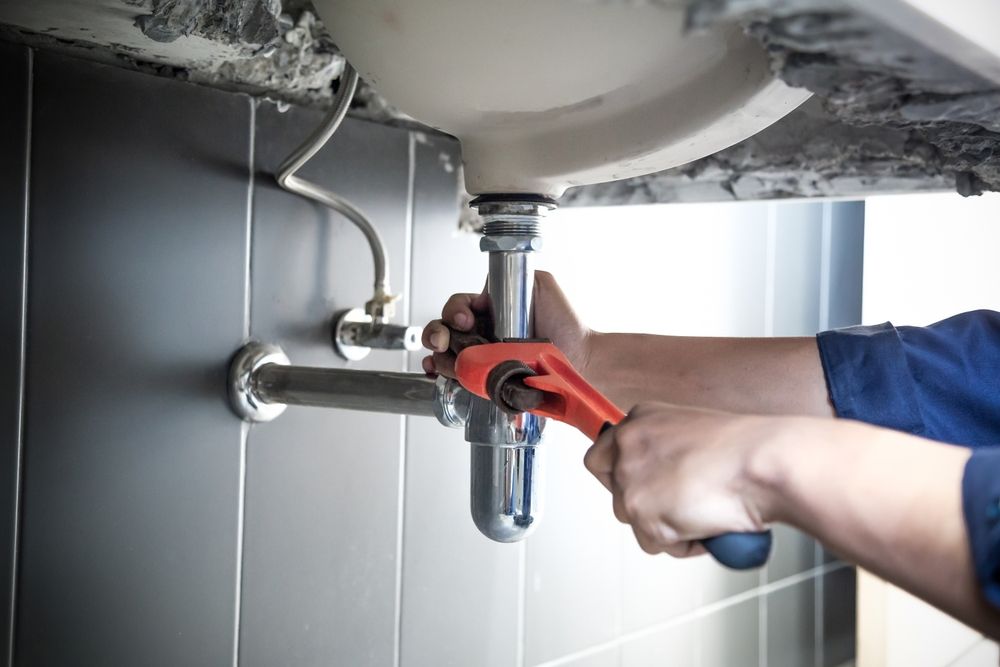Selecting the right air purifier is essential for maintaining a healthy indoor environment, especially for those suffering from allergies, asthma, or other respiratory issues. This guide will navigate you through the key features and specifications to consider, ensuring you make an informed decision that suits your needs.
Assess Your Needs
Before diving into the vast market of air purifiers, assess your specific needs. Consider the size of the space where the purifier will be used, any specific pollutants you need to remove (such as pet dander, pollen, smoke, or VOCs), and any health conditions that may influence your choice. Understanding your requirements will help you identify which features are most important for your situation.
Understand the Different Types of Filters
Air purifiers use various filters to clean the air, each designed to target different pollutants. The most common include:
- HEPA Filters: High-Efficiency Particulate Air (HEPA) filters are effective at capturing 99.97% of particles as small as 0.3 microns, including pollen, dust mites, and pet dander.
- Activated Carbon Filters: These filters are used for removing gases, odors, and VOCs from the air, making them ideal for those sensitive to smells or chemicals.
- UV Filters: Ultraviolet light filters can kill bacteria and viruses, adding an extra layer of protection against germs.
- Ionic Filters: These filters emit charged ions into the air that attach to pollutants, making them heavier and easier to capture.
Consider the Size of the Air Purifier
The size of the air purifier is crucial for its effectiveness in your space. Look for models designed for the square footage of the room where you'll use it. An undersized air purifier won't effectively clean the air in a large room, while an oversized model may consume unnecessary power. Most purifiers will list their effective coverage area, so choose accordingly.
Check for Clean Air Delivery Rate (CADR)
The Clean Air Delivery Rate (CADR) measures the volume of clean air an air purifier produces per minute, indicating how well it removes specific pollutants (smoke, pollen, and dust). A higher CADR rating means the air purifier is more effective at cleaning the air of those pollutants. Select a purifier with a CADR rating that matches or exceeds the needs of your room size and specific pollutant concerns.
Evaluate Noise Levels
Since air purifiers often run continuously, it's important to consider the noise level. Check the decibel (dB) rating of the air purifier at its lowest and highest settings to ensure it won't be disruptive in your home environment. Models that feature a "quiet operation" or "sleep mode" are designed to run more silently, making them suitable for bedrooms or quiet spaces.

Look for Energy Efficiency
Energy efficiency is another key consideration, especially if you plan to run your air purifier around the clock. Look for models with an Energy Star rating, indicating they are energy-efficient and will have a lower impact on your electricity bill and the environment.
Smart Features and Ease of Use
Many modern air purifiers come equipped with smart features, such as air quality sensors, automatic mode adjustments based on the current air quality, and remote control via smartphone apps. These features can provide convenience and peace of mind, allowing for easy monitoring and adjustment of your indoor air quality.
Maintenance and Replacement Costs
Consider the maintenance required and the cost of replacement filters before making a purchase. Some air purifiers have washable filters, while others require regular replacements, which can add to the long-term cost of the device. Ensure that replacement filters are readily available and reasonably priced.
Consider Portability and Design
The portability and design of an air purifier are significant for those who may need to move the unit between rooms or value aesthetics in their living space. Some air purifiers are designed with handles or wheels, making them easier to transport. Additionally, the physical appearance of the air purifier should complement your home's decor if aesthetics are important to you. Sleek and compact designs are available that blend seamlessly into modern homes without being obtrusive. Choosing a model that matches both your functional needs and personal style can enhance your living environment while ensuring clean air where it's needed most.
Assess Air Purifier Placement and Room Flow
When selecting an air purifier, consider the best placement for the unit in your room to maximize its efficiency. The purifier should be placed in an area with good airflow, away from walls and furniture that could obstruct intake or output vents. Understanding the room's flow and how air circulates can help you position the air purifier optimally. Some models are specifically designed to be placed against a wall or in a corner, offering flexibility in placement without compromising performance. Proper placement ensures the air purifier works effectively, distributing clean air evenly throughout the space.
Warranty and Brand Reputation
A strong warranty can provide peace of mind, covering any potential defects or issues with the air purifier. Additionally, consider the reputation of the brand and read reviews from other customers to gauge the reliability and effectiveness of their air purifiers. Brands with a positive track record in customer satisfaction and product performance are generally a safer bet.
Choosing the right air purifier involves careful consideration of your specific needs, the types of filters, size and CADR rating, noise levels, energy efficiency, smart features, maintenance costs, and the warranty offered. By evaluating these factors, you can select an air purifier that effectively improves your indoor air quality, creating a healthier and more comfortable living environment.




